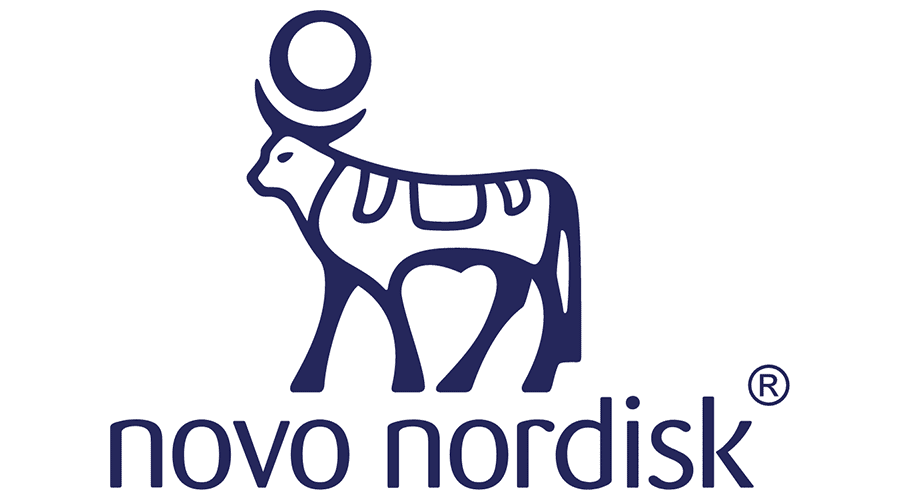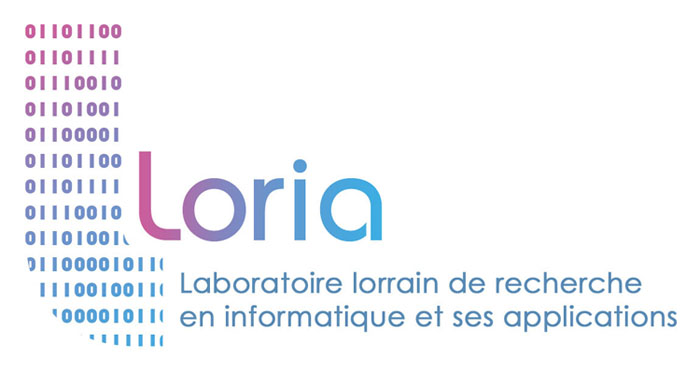SURFACE-Bind
Surfaceome Targetability for Functional Binder Design
The workflow in a nutshell
We computationally mined the entire human surfaceome, predicting targetable binding interfaces for protein binder design strategies, via assigning a set of geometric, and chemical scores. These unbound-state scoring led to an average 5 target sites per protein for over 2,800 protein entries in the surfaceome dataset.
To further evaluate the targetability of these binding interfaces, we utilized a library of 640,000 continuous structural fragments (seeds) with different secondary structure elements and performed over 140 billion pairwise docking, scoring, sorting, and selection which provided a bound-state score of the target sites, as well as a list of high-quality candidate seeds.
In result, we are reporting the most complete set of targetable binding interfaces on the human surfaceome, linked to high-quality seeds that can initiate further protein-based therapeutic designs.
For the proof of concept of the quality and further applicability of the selected seeds, we further followed two different design strategies on representative targets, including protein scaffolding, and cyclic peptide design.
Our experimental validation effort revealed a significant success rate over all orthogonal in vitro tests, showing the capability and the high quality of these seeds.
Main families and sub-families
The surfaceome database is collected from SURFY database where 2,886 proteins were predicted in silico to be on the surface of human cells.
Main families including: Transporters, Receptors, Enzymes, Unclassified, Miscellaneous, and Unmatched.
Sub-families including: SLC, GPCR, Channels, Hydrolases, Active_transporters, Kinase, Lyases, Oxidoreductases, Other, Unknown_function, SCAR, AuxillaryTransportUnit, StructuralAndAdhesion, Other_transporters, IG, Other_receptors, Transferases, Ligand, Isomerases, and Multiple functions.



